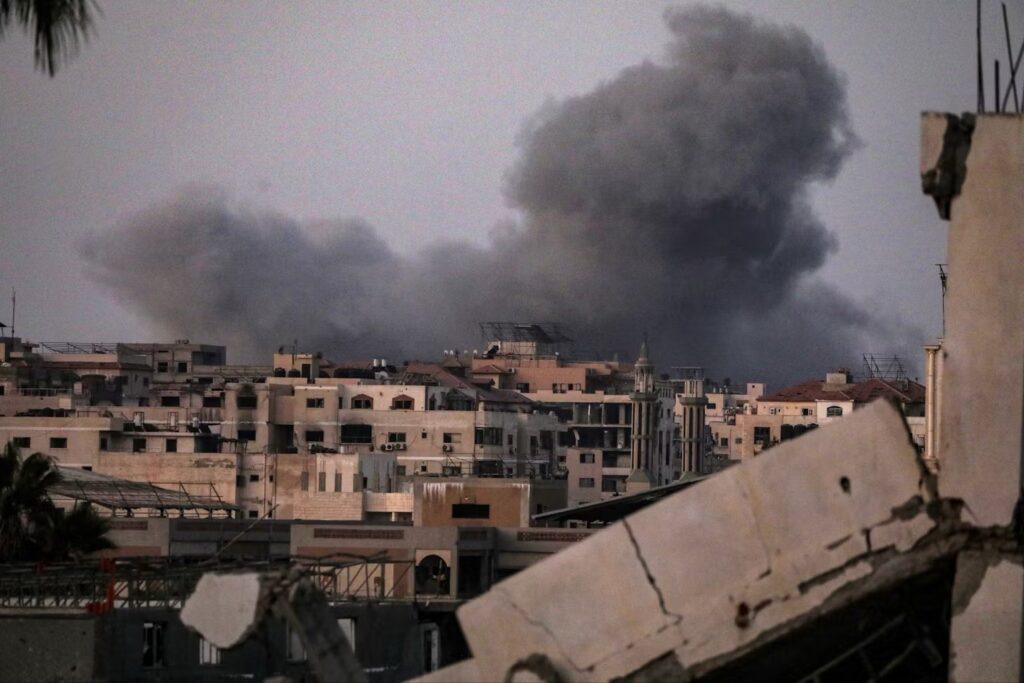United States President Donald Trump has laid out a 20-point plan to “end” the current Israeli war on Gaza which was received by mixed reactions by Arab and international actors.
The plan came with multiple problematic components, as it allows a US- and Israeli-backed monitoring panel to observe the governance of Gaza and includes disproportionate concessions mainly impacting Palestinians, such as the release of all Israeli hostages and only some Palestinian captives in Israeli prisons. It is viewed to be mostly beneficial for Israel, whereas Palestinian agency is largely absent.
Furthermore, the plan comes with multiple question marks regarding its implementation. The reconstruction of Gaza remains a crucial point of contention. While it is hinted that Gaza could be rebuilt in the model of “modern miracle cities in the Middle East”, the reality of Gaza being effectively surrounded as an open-air prison and repeatedly assaulted by Israeli forces points to another direciton.
The definition of the demilitarization of Hamas is also very vague, which would eventually allow for different sorts of Israeli pretexts to continue their violations. The plan also relies on a series of unclear targets, such as the reform program of the Palestinian Authority.
Critics such as journalist David Isaly also highlight that the plan includes multiple admissions of realities that Israel and the US have worked hard to deny. The plan states that full aid will enter Gaza, something that Israel had claimed was already being done. Point 5 of the plan also presents an admission of Israel’s detainment of thousands of Gazans, including women and children.
Deadline to Hamas
Trump stated that Hamas has three to four days to respond to the plan proposal, threatening that if Hamas does not agree, Israelis would be allowed to “go and do what they have to do.”
Since the escalation in Israel’s war on Gaza and the region, Israel has repeatedly targeted negotiation focal points for Hamas. In July 2024, Israel assassinated Ismail Haniyeh, the Chairman of the Hamas Political Bureau, in Iran’s capital Tehran while he was leading ceasefire negotiations.
On September 9, Israeli forces struck a residential compound in Qatar’s capital Doha where a negotiating team of Hamas involved in ceasefire discussions was present.
In the days prior to ceasefire agreements in Gaza and Lebanon throughout the last two years, Israeli attacks also exponentially increased till the very last hours.
As such, despite Trump’s 20-point plan, Palestinians in Gaza remains in a precarious situation, with a dual threat of Israel sabotaging yet another potential ceasefire agreement and escalating strikes in the potential lead-up.
Yesterday, Israeli attacks on Gaza have killed at least 59 Palestinians as the genocide campaign resumes.
